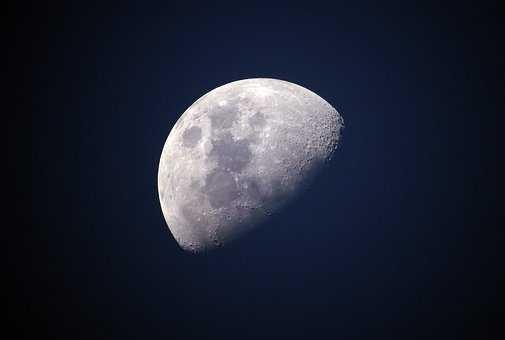Learn more about personaldevelopment with this collection
How to prioritize self-care in the workplace
How to adapt to new work arrangements
How to maintain work-life balance
Theories on how the Moon formed
Before the Apollo mission research, there were three theories about how the Moon formed.
- Capture theory suggests that the Moon was a wandering body that was captured by Earth's gravity as it passed nearby.
- Accretion theory suggests that the Moon was created along with Earth at its formation.
- The fission scenario proposes that the Earth spun so fast that some material broke away and began to orbit the planet.
Today, the giant-impact theory is widely accepted. It proposes that Earth and a small planet collided. The debris from this impact collected in orbit around Earth to form the Moon.
56
389 reads
Apollo mission evidence
The Apollo mission brought back rock and soil from the Moon. It showed that the Earth and Moon share chemical and isotopic similarities, suggesting a linked history.
The minerals on the Moon contain less water than similar terrestrial rocks. The Moon has material that forms quickly at a high temperature.
48
273 reads
Earth's greatest spinoff
The giant-impact model suggests that, in the Earth's early history, the proto-Earth and Theia (a Mars-sized planet) collided and reformed as one body. A small part of the new mass spun off to become the Moon.
Some suggest that early Earth and Theia came from the same neighbourhood as the solar system was forming and were made of similar materials.
47
218 reads
Lunar landscapes
If you look at the lunar surface, it seems pale grey with dark splodges.
The pale grey is a rock named anorthosite. It forms as molten rock cools down. The dark areas are another rock type called basalt. Basalt is the most common surface on all inner planets in our solar system and can be found on the ocean floor.
46
223 reads
CURATED BY
More like this
3 ideas
3 ideas
How Did Mars Get its Moons?
thoughtco.com
12 ideas
In Depth | Mercury – NASA Solar System Exploration
solarsystem.nasa.gov
Read & Learn
20x Faster
without
deepstash
with
deepstash
with
deepstash
Access to 200,000+ ideas
—
Access to the mobile app
—
Unlimited idea saving & library
—
—
Unlimited history
—
—
Unlimited listening to ideas
—
—
Downloading & offline access
—
—
Personalized recommendations
—
—
Supercharge your mind with one idea per day
Enter your email and spend 1 minute every day to learn something new.
I agree to receive email updates

